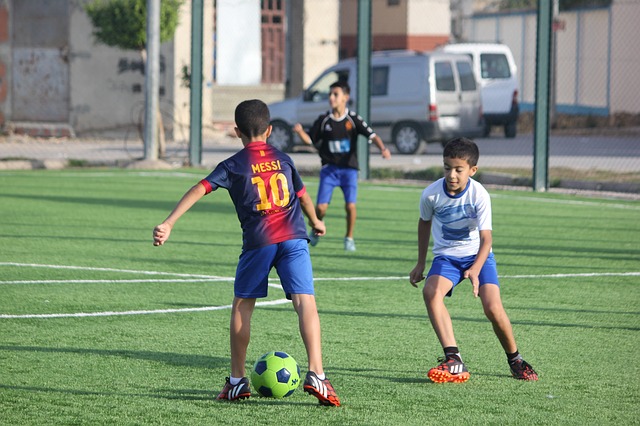3 lessons to help put an end to bullying of young people in sport

Whatever the sport and however you are involved, you should be of aware of what bullying is and how it can be put to an end.
Over the last few years, attitudes have rightly changed. What once would have been considered as encouragement in sport is now rightfully for seen for what it is, bullying. It is time to put an end to such bullying behaviour.
How can you identify bullying in sport?
Bullying can be identified by the behaviour of an individual or a group that intentionally hurts another person or a group of people.
Often you will find that bullies will focus on a perceived weakness and make the person(s) being bullied feel inferior.
The reasons for bullying occurring can be varied and it may even be that there is no clear reason. Bullying in sport sometimes can occur due to feelings of jealousy brought about by a team or individual performing well in a training session, competition or a match.
In order to assist you in identifying bullying at an early stage and take the necessary steps to ensure that it stops, EduCare, the UK’s leading provider of essential duty of care and safeguarding training have worked in association with UK Athletics, the governing body for athletics in the United Kingdom to create an online training course, Preventing Bullying in Sport.
Extracted from the course are 3 lessons to help put an end to bullying in sport:
- Promoting positive behaviour
- Being vigilant
- Developing an anti-bullying policy
Promoting positive behaviour
If you are involved in sport as a coach, teacher or a volunteer, it is your duty to promote positive behaviour to the young people who are taking part in the sport. To ensure you are doing this, there are a number of questions you can ask yourself:
- Do you or others shout at those taking part if they make a mistake?
- Do other members of the team make fun of their teammates?
- Have you ignored any derogatory comments which have been made in the past?
- Have you ignored acts of violence which have taken place in the past? This could be as a simple as one individual throwing a piece of kit at another individual
- Do you ever find yourself acting in a favourable manner to the stronger and abler players?
If you have answered yes to any of the above questions, then you are not promoting positive behaviour to the young people taking part in your sport.
To change this, you should do the following:
- Never tolerate bullying, even if just appears to be a one-off
- Never tolerating abusive behaviour
- Looking critically at yourself and how your own behaviour could be perceived by those taking part in the sport
- Ensuring participants are made aware of the behaviour and standards required from them
- Accepting feedback without being defensive
- Being open to change
- Encouraging all participants regardless of their ability
- Promoting fair play
- Promoting healthy relationships by encouraging empathy, kindness and respect by all
- Recognising the importance of being a role model and setting a good example to ensure a safe and respectful environment
- Communicating your anti-bullying policy to parents
Being vigilant
It is important to be vigilant throughout all areas of the sport you are involved in. Often there can be hotspots where bullying will take place, usually due to these locations be seen as being away from the eyes of adults.
Examples of these hotspots often include:
- Changing rooms
- Touchlines
- Larger sporting events and tournaments
To become extra vigilant, you should consider asking the following questions of those who are taking part or observing the sport:
- What did you enjoy about the training session today?
- Was there anything you did not enjoy?
- Is there anything about participating you don’t like?
- Do you feel part of the team/group?
- Who are the people you trust most at the club?
Develop an anti-bullying policy
It may be that the sport you are involved in already has an anti-bullying policy in place. Clubs and organisations which are part of an affiliated body often will. If not, it is recommended that you put a policy in place.
The anti-bullying policy for your club or organisation should make it clear that bullying is not acceptable and should not be tolerated. It should also clearly communicate that any allegations of bullying will be taken very seriously.
The anti-bullying policy should cover the following:
- A definition of bullying and what can be constituted as bullying
- Details of your club or organisation’s duty of care commitment
- Information about the preventive measures the club/organisation will put in place to stop bullying
- Information about how bullying incidents will be dealt with
- Signposting of additional support
The steps aim to help those involved with sport at any level in understanding what bullying is, the prevalence of bullying in sport, how to respond to bullying and how to promote positive behaviour in order to put an end to bullying.












Responses